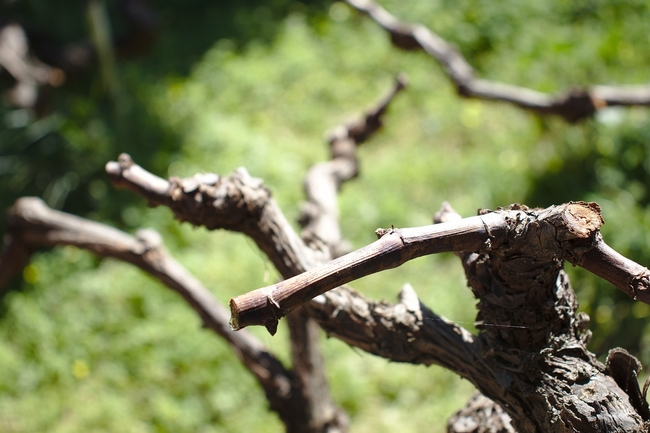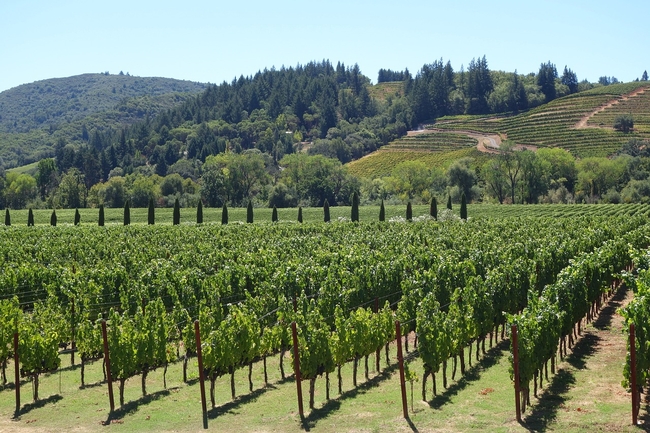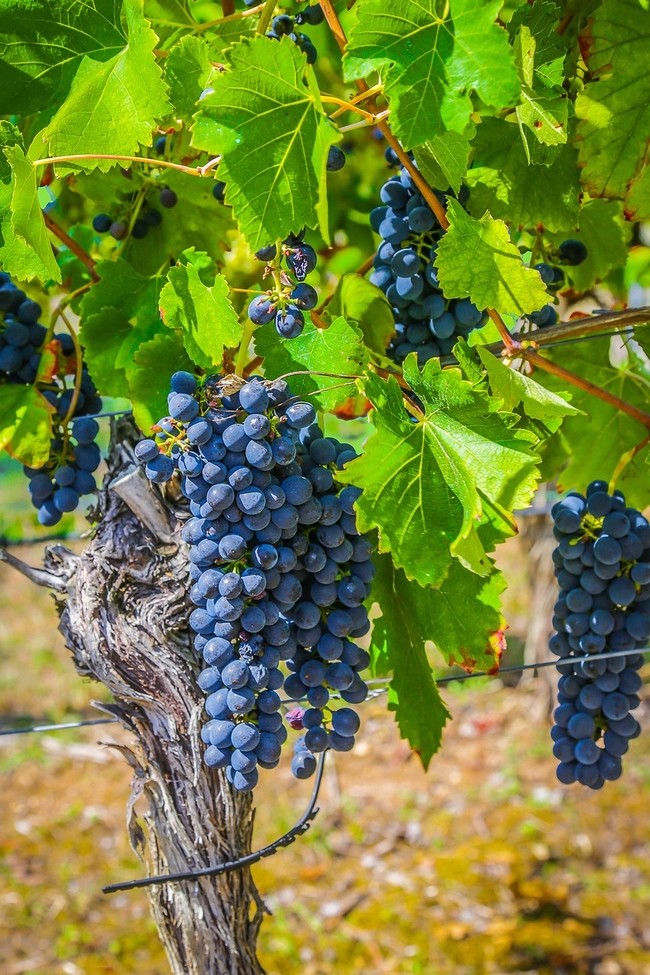- Author: David Layland, U. C. Master Gardener of Napa County
Grapevines in Napa Valley are breaking their dormancy after enjoying their winter nap. If you haven't done so already, get out your pruning shears, sharpen them, and make sure they are functioning properly. Grapevines need a haircut now to be at their best in 2024.
Having a successful year in your home vineyard depends on paying attention to several factors.
Understanding climate shifts is vital to maintaining any garden, especially vineyards given how long grapevines can live. If you have a vineyard or are planning one, your understanding of the impact of climate change will affect your success, and not only from the perspective of irrigation. Making the best decisions for your home vineyard requires staying abreast of current research.
We know that soil influences the quality of wine grapes. Soil is a non-renewable resource essential for climate regulation and sustainable grape production. We build soil health with practices that promote the accumulation of organic matter and biodiversity. These practices make for a more resilient, productive, and long-lived vineyard.
Napa Valley soils are diverse with distinctive characteristics. The valley is home to deep, rich alluvial soils, rocky hillsides, and volcanic soils found in a wide range of topographies. This soil diversity is one reason that the valley's vineyards include more than forty wine-grape varieties.
You can increase organic matter in your soil by planting cover crops. They improve soil structure, mineral fertility, and biological activity. Compost provides nutrients for plant growth, increases soil organic matter and mitigates erosion.
Irrigating your vineyard on a proper schedule will help you save on electricity, water, and labor. Dry farming—growing grapes with little or no irrigation—is possible for some vineyards but not all.
The annual growth cycle of grapevines begins with bud break in the spring and culminates in autumn with harvest and leaf drop, followed by winter dormancy.
Climate change has affected the duration of each phase of the growth cycle, making it important to understand these changes so you can adapt. Sustainable practices help adapt to climate change.
Powdery mildew, one of the most widespread and easily recognized plant diseases, is the number one pest in the vineyard and one that if managed successfully will give better fruit quality. It is characterized by spots or patches of white to grayish, talcum-powder-like growth. Powdery mildews are severe in warm, dry climates such as ours. Treatment is usually with elemental sulfur and begins at bud break. For a deeper dive into home vineyard management, plan to attend the Napa County Master Gardener workshop on Saturday, March 30. See details below.
Workshop: Join UC Master Gardeners of Napa County for “Home Vineyards: Important Information for a Successful 2024,” on Saturday, March 30, from 9 am to 12:30 pm. Learn the latest about irrigation and treating viruses and mildew. Get up to date on climate change, soil health and structure, increasing soil organic matter and what happens in the vineyard post pruning. The workshop will be held in a barn at a private home vineyard near Napa. Attendance is free but you must register to get the address and additional details. https://surveys.ucanr.edu/survey.cfm?surveynumber=42128
Library Talk: Join UC Master Gardeners and Napa County Library for a talk on “Growing Tomatoes in Small Spaces” on Thursday, April 4, from 7 pm to 8 pm, via Zoom.Learn how to grow fabulous tomatoes in containers— on patios, on decks, and in other small Register to receive the Zoom link:https://surveys.ucanr.edu/survey.cfm?surveynumber=41782
Help Desk: The Master Gardener Help Desk is available to answer your garden questions on Mondays and Fridays from 10 a.m. until 1 p.m. at the University of California Cooperative Extension Office, 1710 Soscol Avenue, Suite 4, Napa. Or send your questions to mastergardeners@countyofnapa.org. Include your name, address, phone number, and a brief description.




